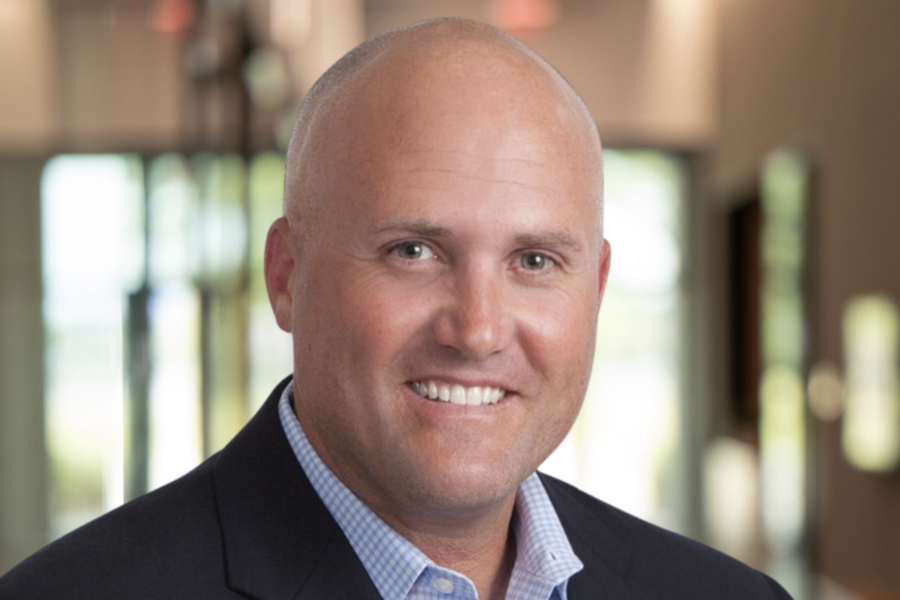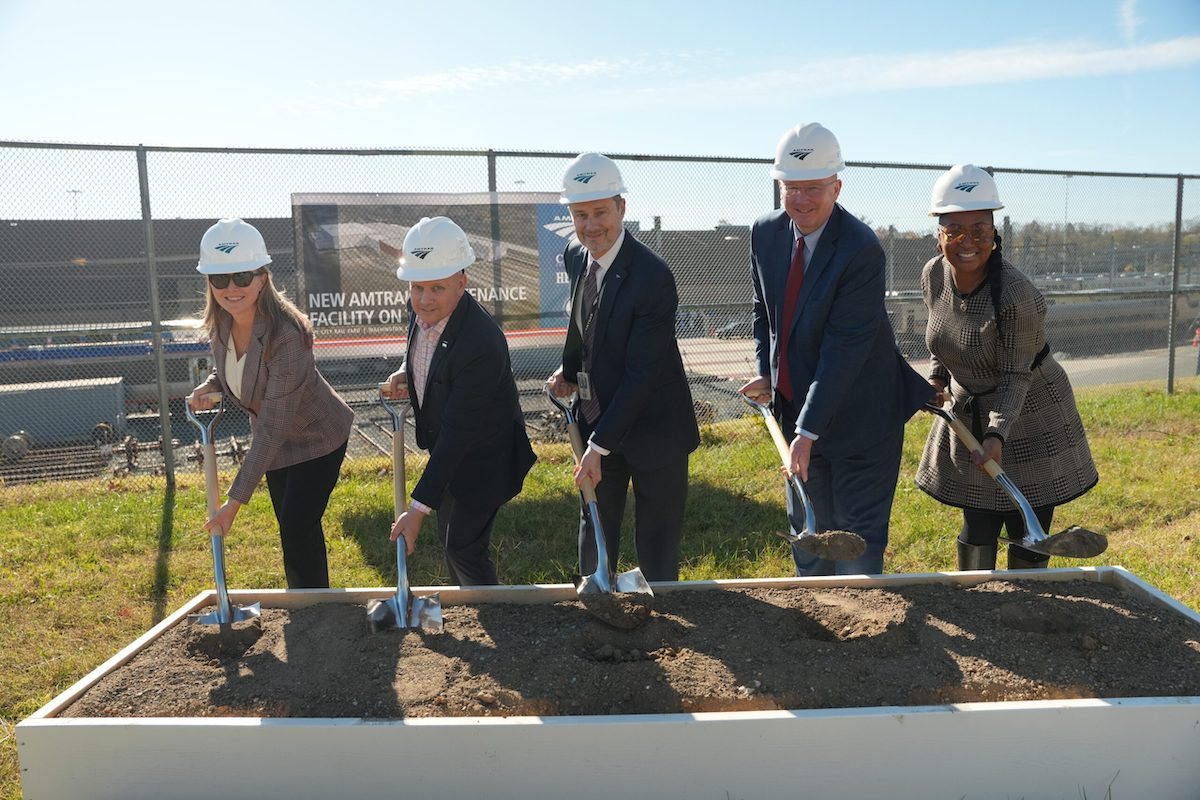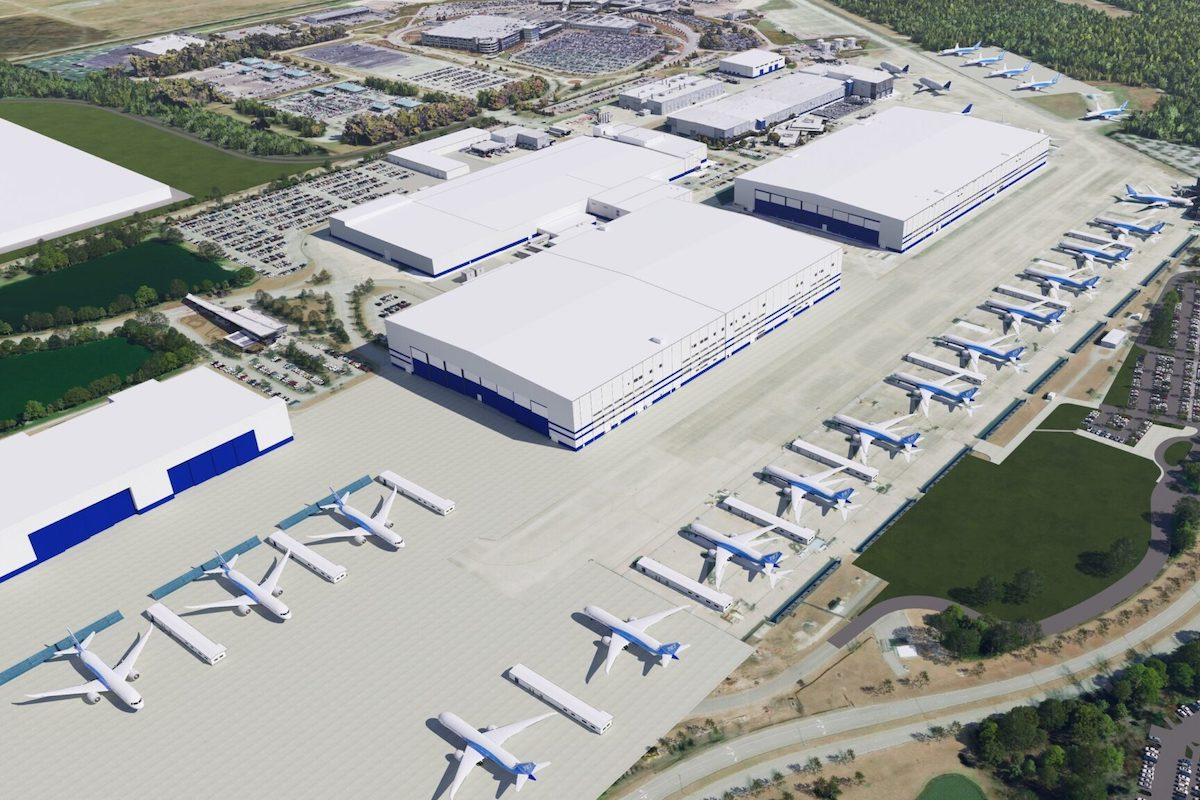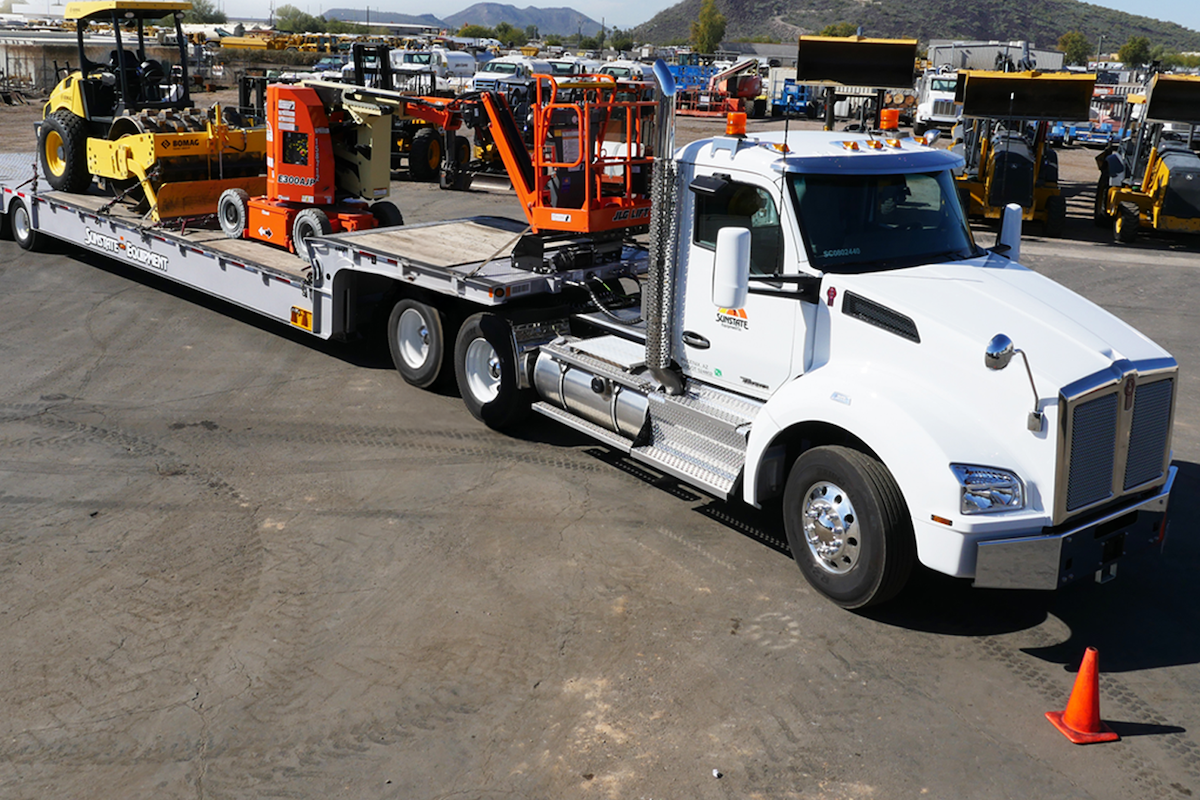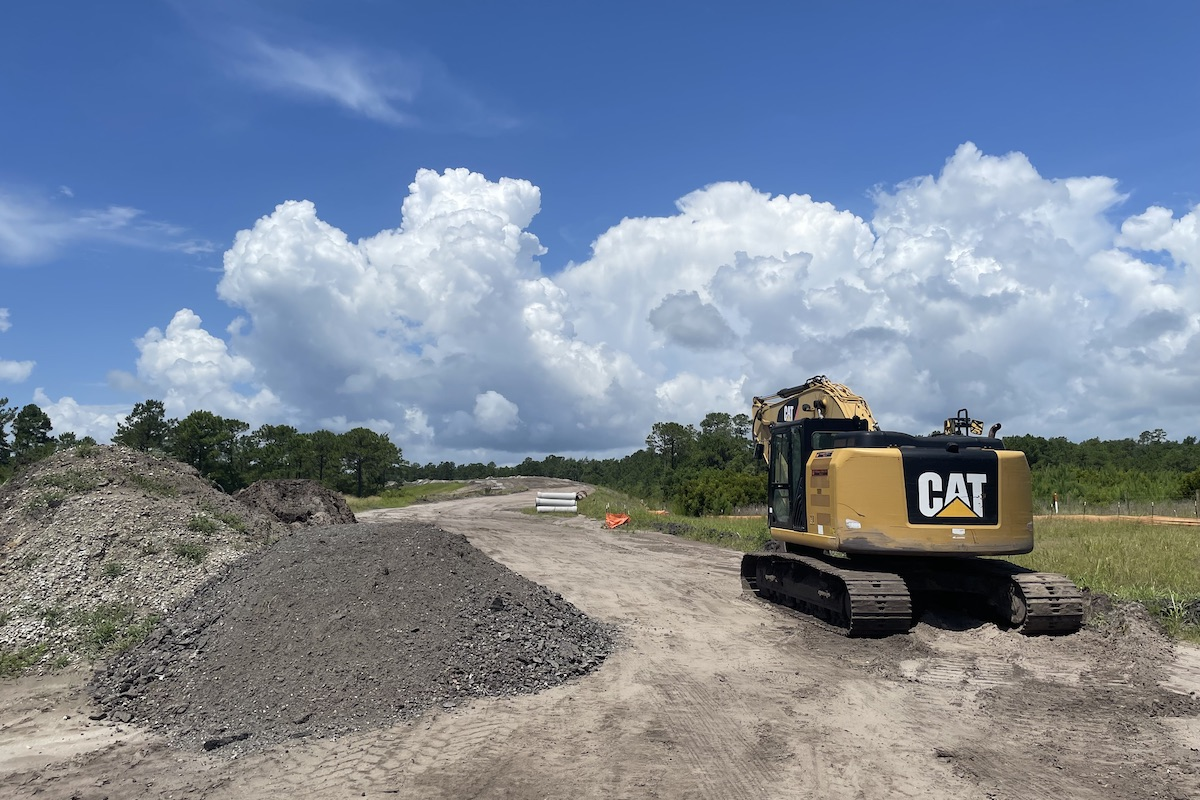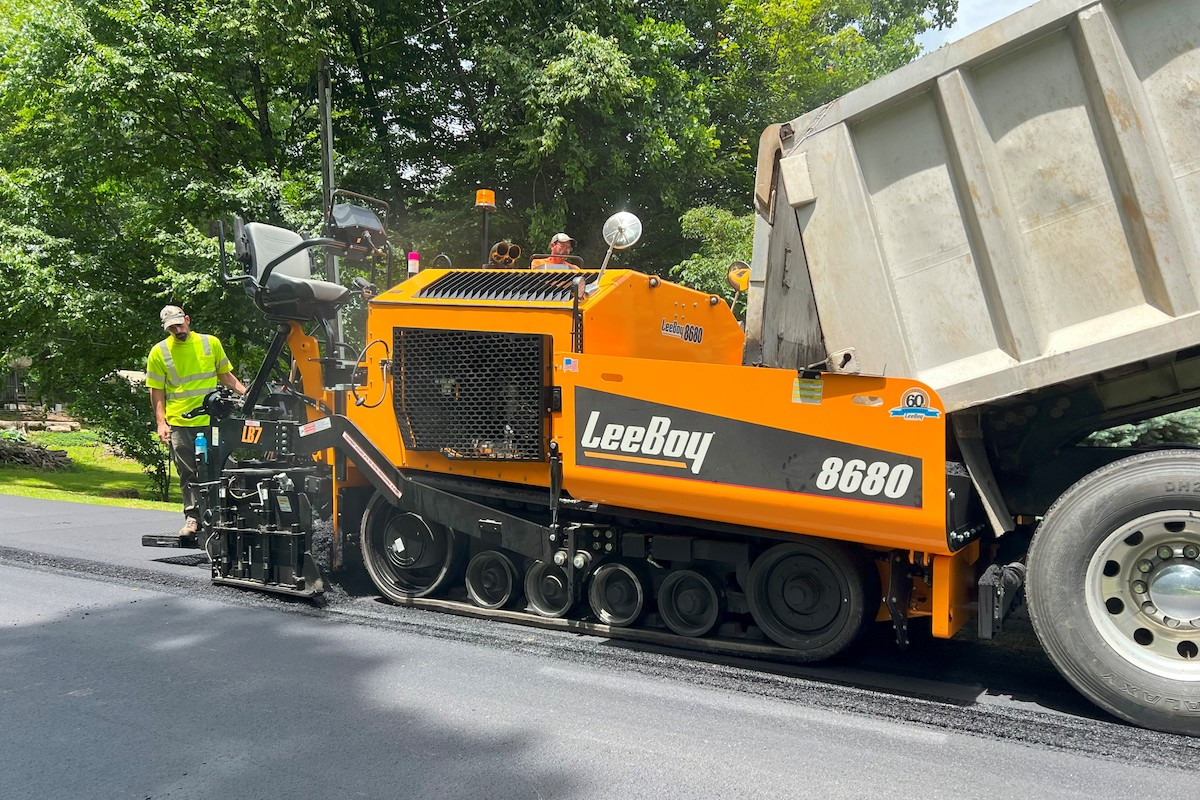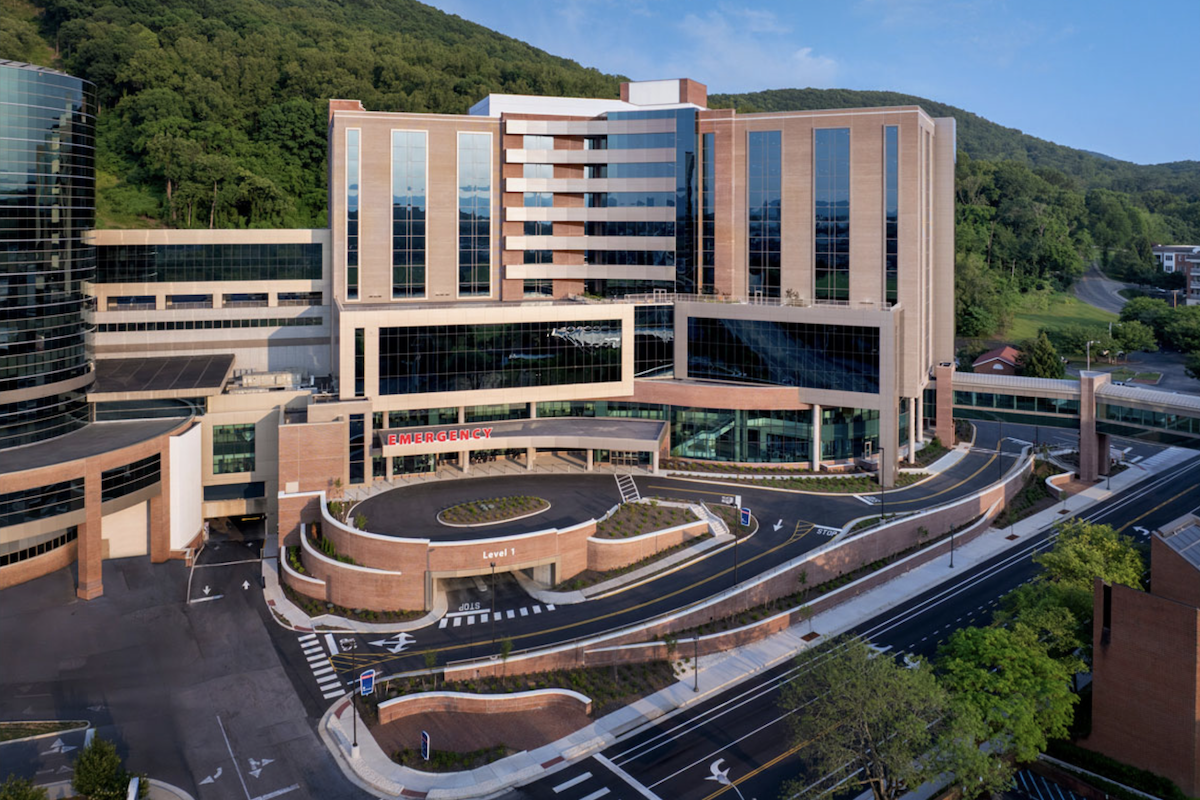San Mateo County is vital to the Bay Area economy as it provides the link between the South Bay in Santa Clara County and San Francisco to the north. It’s considered the gateway between San Francisco and Silicon Valley via U.S. 101. The nearly 26-mile stretch of U.S. 101 that runs through San Mateo County serves as the primary access route to San Francisco International Airport, major employers such as Facebook, the Port of Redwood City, and access to the East Bay via Dumbarton and San Mateo Bridges.
The vital route is heavily congested, resulting in an overall degradation of operations throughout the corridor. All users, whether in single or multiple occupant vehicles or in buses on U.S. 101, experience delays in both the northbound and southbound directions in the morning and evening peak hours.
The express lanes are being added by widening the roadway and connecting the existing auxiliary lanes through each interchange to create the fifth through lane in each direction for about 14 miles. Once these lanes are established, replacement auxiliary lanes will be created, and the median lanes will be used as express lanes.
Upon completion, the project will create 22 miles of express lanes in both directions on U.S. 101. The San Mateo 101 Express Lanes will connect with express lanes being constructed in Santa Clara County – the next county over. It is anticipated this will enable traveling speeds of 45 mph or greater throughout the entire corridor. By having continuous managed lanes in each direction on U.S. 101 from the Santa Clara/San Mateo County, the project aims to:
- Encourage carpooling and transit use
- Improve travel time reliability for HOV/express lane users
- Increase the number of people moved through the area
- Apply technology and design features to help manage traffic
- Reduce congestion in the corridor
- Minimize operational degradation of the general-purpose lanes

| Your local Komatsu America Corp dealer |
|---|
| Linder Industrial Machinery |
The project is being constructed in two phases. During phase one, the existing carpool lanes are being converted into express lanes. During phase two, Caltrans is adding a lane to northbound and southbound U.S. 101.
“The forecast for both the support cost as well as the capital costs is within the budget, although there are risks that if they were to all manifest, it could affect the budget,” says Mohammad Suleiman, Caltrans Regional Project Manager. Suleiman notes that managing those risks, such as assigning the risks to the owner or to the contractor ahead of time is key to remaining within the budget.
The San Mateo County Express Lanes Joint Powers Authority (SMCEL-JPA) was formed as owners of the lanes, and they will make all policy decisions related to express lane operations.
Financing will also come through the added lanes. Caltrans is installing a managed lane as an operational strategy to address congestion by controlling traffic movement on the highway. High Occupancy Vehicle (HOV) lanes and Express Lanes (EL) are types of managed lanes. Express lanes are designated lanes that allow single-occupancy vehicles (SOVs) to use available capacity in the HOV lane for a toll during specified times. The toll changes dynamically in response to existing congestion levels and available capacity in the express lanes.
Suleiman explains, “As with cost control, managing the risks is key to on-time delivery.” Another key is collaboration and establishing a proactive approach and a good partnering effort between the contractor, Kiewit, and the owner teams can develop a good strategy to forecast issues or resolve it as quickly as possible.

| Your local Trimble Construction Division dealer |
|---|
| SITECH Mid-South |
The challenges the team faces is the sheer length of the project – 22 miles – which is not typical. Plus, the schedule is aggressive. To make it possible to enter the civil construction contracts earlier than typical and with better risk control, Caltrans elected to use the Construction Manager/General Contractor (CM/GC) procurement method.
There have been multiple external challenges the team has faced. These include COVID-19, civil unrest, and wildfires. Each of these has been addressed and to date has not impacted the schedule or budget. In fact COVID-19, which is a risk to the project as far as workers and supplies, has indirectly benefitted the project as there was much less traffic on the road after the pandemic hit. “We were able to extend the nightly closure hours and thus allow more time for nightly work window that resulted in a savings in the schedule,” Suleiman says.
Normally, the project must be constructed under nightly lane closures while the route is left open during the day.
In that vein, a robust Traffic Management Plan (TMP) during construction is included in the project. The TMP includes providing California Highway Patrol (CHP) presence during the nightly closures to monitor the traffic, to protect the workers and public by slowing the traffic throughout the construction zone and save lives. In addition, the project implemented the Automated Work Zone Information System (AWIS) to reduce peak hour delay during construction by changing road user's travel patterns and diverting traffic to detour routes, as well as displaying estimated travel time to the public.
Upon completion of the project, the 101 Express Lanes will provide carpools (HOV 3+) and buses a reliable travel time, with no additional cost, through the corridor in less time than if those passengers had chosen to drive alone. The Express Lanes will reduce the number of vehicles and congestion in the general-purpose lanes leading to time savings. Sounds like an infrastructure challenge solved.

| Your local Bomag Americas dealer |
|---|
| Linder Industrial Machinery |
Photos courtesy of Caltrans / John Huseby



















